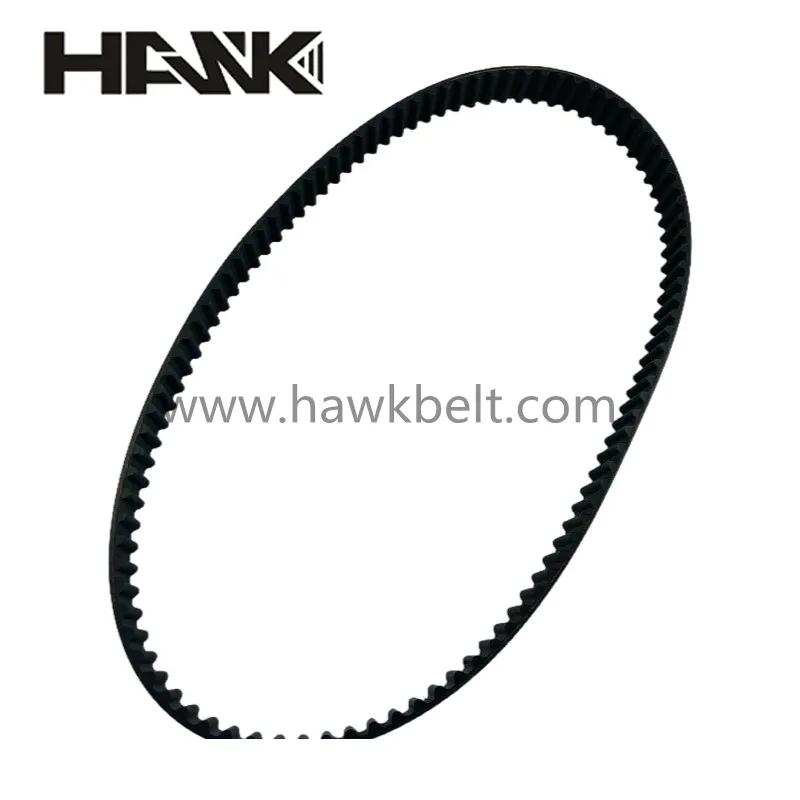- Arabic
- French
- Russian
- Spanish
- Portuguese
- Turkish
- Armenian
- English
- Albanian
- Amharic
- Azerbaijani
- Basque
- Belarusian
- Bengali
- Bosnian
- Bulgarian
- Catalan
- Cebuano
- Corsican
- Croatian
- Czech
- Danish
- Dutch
- Afrikaans
- Esperanto
- Estonian
- Finnish
- Frisian
- Galician
- Georgian
- German
- Greek
- Gujarati
- Haitian Creole
- hausa
- hawaiian
- Hebrew
- Hindi
- Miao
- Hungarian
- Icelandic
- igbo
- Indonesian
- irish
- Italian
- Japanese
- Javanese
- Kannada
- kazakh
- Khmer
- Rwandese
- Korean
- Kurdish
- Kyrgyz
- Lao
- Latin
- Latvian
- Lithuanian
- Luxembourgish
- Macedonian
- Malgashi
- Malay
- Malayalam
- Maltese
- Maori
- Marathi
- Mongolian
- Myanmar
- Nepali
- Norwegian
- Norwegian
- Occitan
- Pashto
- Persian
- Polish
- Punjabi
- Romanian
- Samoan
- Scottish Gaelic
- Serbian
- Sesotho
- Shona
- Sindhi
- Sinhala
- Slovak
- Slovenian
- Somali
- Sundanese
- Swahili
- Swedish
- Tagalog
- Tajik
- Tamil
- Tatar
- Telugu
- Thai
- Turkmen
- Ukrainian
- Urdu
- Uighur
- Uzbek
- Vietnamese
- Welsh
- Bantu
- Yiddish
- Yoruba
- Zulu
Дек . 04, 2024 13:42 Back to list
Understanding the Mechanics and Applications of V-Belt Drive Systems in Industry
V-Belt Transmission An Overview
V-belt transmission is a widely used mechanical system designed to transfer power from one component to another through the use of flexible, looped belts. This system is particularly popular in various industrial machines, automotive applications, and home appliances, owing to its efficiency, reliability, and simplicity in design.
The fundamental component of a V-belt transmission is the V-belt itself, which is characterized by its trapezoidal cross-section. This shape allows the belt to fit snugly into the grooves of pulleys, minimizing slippage and maximizing traction. The design of the V-belts contributes to their ability to transmit power effectively, even under variable load conditions.
V-Belt Transmission An Overview
The operation of a V-belt transmission involves two or more pulleys connected by the belt. As one pulley, usually the drive pulley, rotates, it transmits motion to the belt, which in turn drives the second pulley, known as the driven pulley. The ratio of the diameters of these pulleys determines the speed and torque transfer in the system. By selecting pulleys of different sizes, engineers can customize the output speed and torque to suit specific operational needs.
v belt transmission

Maintenance of V-belt transmissions is relatively straightforward. Regular inspection of the belts for wear and proper tension is crucial for ensuring efficient power transmission. Over time, V-belts may stretch, crack, or become misaligned, leading to reduced performance or potential failure. Replacing worn belts and ensuring that they are correctly tensioned can prevent costly downtimes and extend the lifespan of the transmission system.
An added benefit of V-belt systems is their ability to dampen vibrations, providing smoother operation compared to other types of power transmission systems, such as gear drives. This characteristic is particularly important in applications where excessive vibrations can lead to mechanical damage or discomfort in user-operated machines.
Furthermore, V-belt transmissions introduce a degree of flexibility in the design of mechanical assemblies. They allow for some misalignment between pulleys, which can be advantageous in situations where precise alignment is difficult to achieve. This flexibility also permits ease of adjustments in machinery, reducing the need for complex alignments or additional components.
However, V-belt transmission systems do have some limitations. They may not be suitable for high-speed applications due to potential overheating and slippage, especially when rapid acceleration or deceleration is required. In such cases, other types of drive systems, such as chain drives or rigid couplings, might be more appropriate.
In conclusion, V-belt transmission remains a fundamental method of power transmission in various industries due to its efficiency, flexibility, and ease of maintenance. As technology advances, ongoing improvements in materials and design continue to enhance the performance of V-belt systems, ensuring their relevance and usefulness in modern mechanical applications. Whether in manufacturing, automotive, or everyday household devices, V-belt transmission will undoubtedly remain a cornerstone of mechanical engineering.
-
Korean Auto Parts Timing Belt 24312-37500 For Hyundai/Kia
NewsMar.07,2025
-
7PK2300 90916-T2024 RIBBED BELT POLY V BELT PK BELT
NewsMar.07,2025
-
Chinese Auto Belt Factory 310-2M-22 For BMW/Mercedes-Benz
NewsMar.07,2025
-
Chinese Auto Belt Factory 310-2M-22 For BMW/Mercedes-Benz
NewsMar.07,2025
-
90916-02660 PK Belt 6PK1680 For Toyota
NewsMar.07,2025
-
drive belt serpentine belt
NewsMar.07,2025

